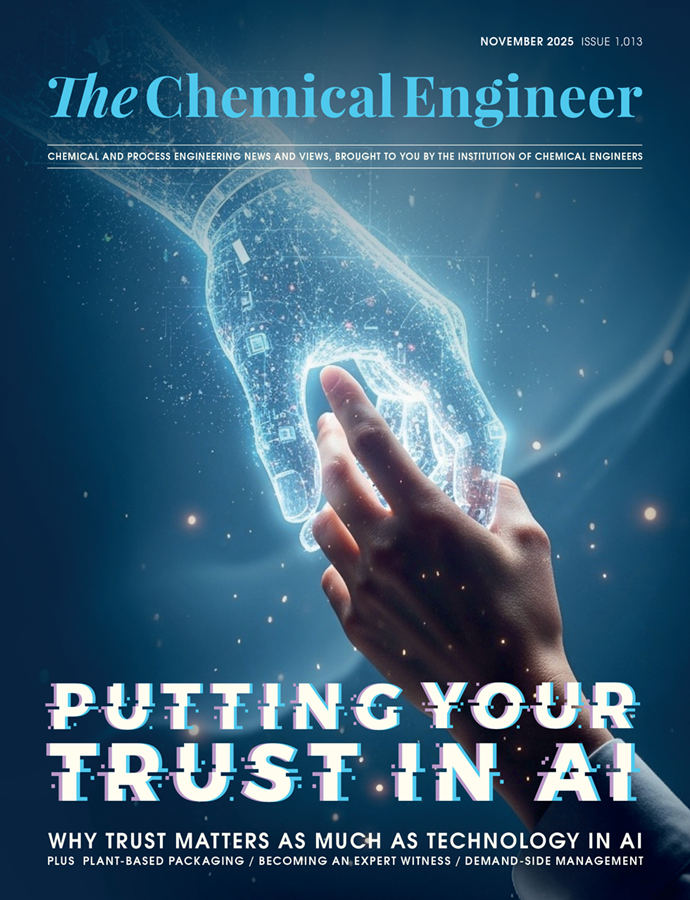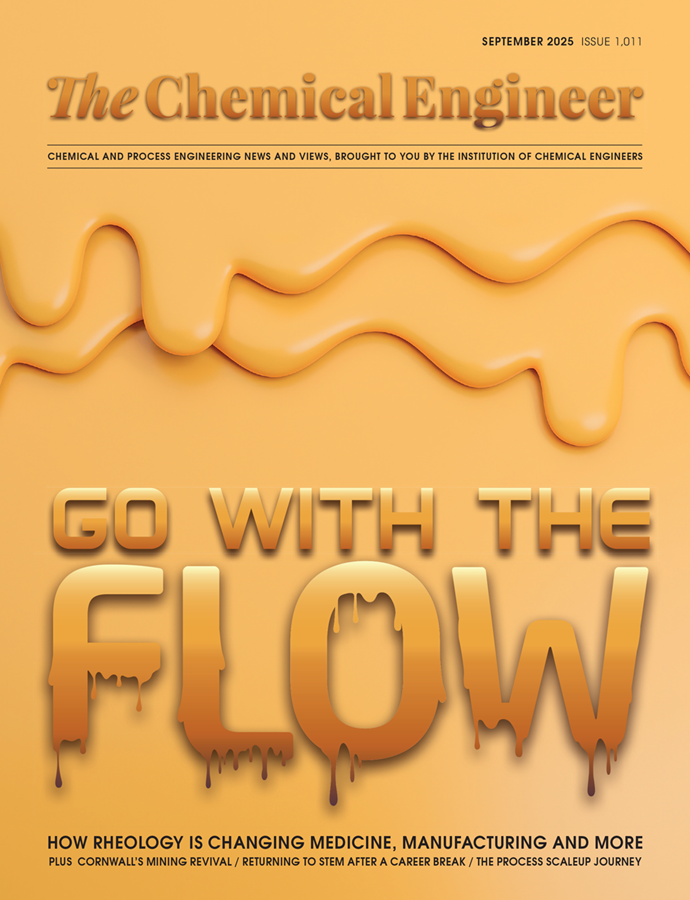Phosphate Rocks Chapter 4: Sulphur

Sulphur formed deep in massive stars when helium and silicon reacted at temperatures of two and a half billion degrees centigrade before flying through space in dust, asteroids and planetesimals, to become the fifth most abundant element on earth.
Take a hair from your head. Poke it into the flame of a candle. Sniff the singed end. That smell comes from sulphur, an essential part of the protein that makes up our muscles. An adult human body contains over two hundred grams of sulphur1.
Pure sulphur melts just above the boiling point of water. The yellow solid turns dark red as it liquefies, burning with a blue flame as it spews out of volcanoes.
Much of the sulphur on planet earth is chemically bound to other elements in stable compounds.
The metal sulphides form colourful crystals: with iron to form golden pyrite2, the fools’ gold that tricked many a hapless miner; with mercury to give vermillion cinnabar3 – a toxic Roman rouge; with lead to give galena4, with antimony to give stibnite5 – the original kohl eyeliner and mascara, and with zinc to give sphalerite6 gems shining with a dark, adamantine lustre.
The sulphate minerals include gypsum7, the original plaster of Paris; alunite8, a flocculant used to clarify turbid liquids; and barite9, used in oil and gas exploration as a heavy drilling mud.
‘Free’ elemental sulphur is also found in nature. It forms the crust around hot springs, lurks under salt domes and skulks under mountains, sinuous crystalline tendrils stretching across the island of Sicily.
For as long as written records exist, sulphur has been used for medicine and fumigation, to bleach cloth and wage war. It may have been a component of the ancient liquid weapon called Greek fire, and it is certainly a component in gunpowder, invented in ninth-century China.
Sulphur was first recognised as a chemical element by Antoine Lavoisier(vi) in 1777, but his brilliance as a scientist didn’t save him from the French revolution. Seventeen years later he lost his head to the guillotine.
A different upheaval, the industrial revolution, led to an increase in demand for sulphur, leading to a rapid expansion of the mines in Sicily, opening one of the most barbaric chapters of modern times.
Life must have been hard indeed for a Sicilian family to consider sending a child to the sulphur mines. In return for a payment, the soccorso morto, a father handed over his six-year-old son to live and work in a distant mine, indentured to a stranger for the next ten years. If the child survived that long.
Recent Editions
Catch up on the latest news, views and jobs from The Chemical Engineer. Below are the four latest issues. View a wider selection of the archive from within the Magazine section of this site.




